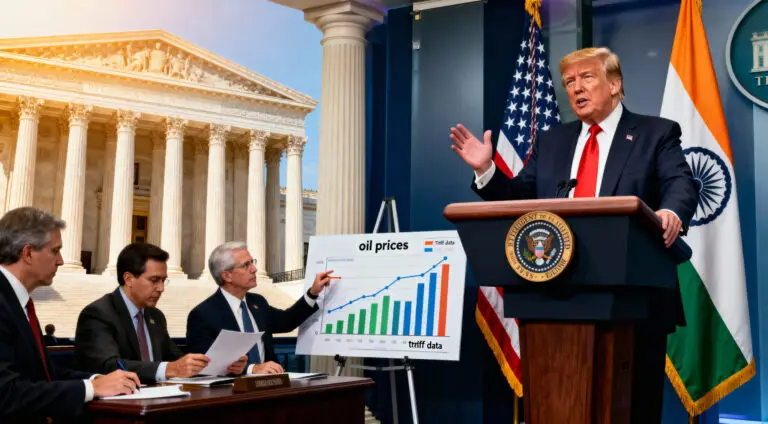In a momentous development for the burgeoning digital asset industry, the United States Senate has officially passed a groundbreaking bill aimed at establishing a comprehensive regulatory framework for USD-pegged cryptocurrency tokens, widely known as stablecoins. This legislative triumph, which occurred on June 17, signifies a pivotal shift in how digital currencies are viewed and governed within the nation’s financial landscape. The passage of this bill is being hailed as a “watershed moment” for the crypto world, signaling a growing acceptance and integration of digital assets into mainstream finance.
A Watershed Moment for Digital Assets
The Senate’s approval of this stablecoin bill truly marks a watershed moment, reflecting a growing consensus in Washington regarding the necessity of clear rules for the rapidly expanding digital asset sector. For years, the cryptocurrency industry has operated under a patchwork of ambiguous guidelines, hindering its full potential for growth and institutional adoption. This new legislative action provides a foundation of clarity, promising to foster innovation while simultaneously protecting consumers and ensuring financial stability within the digital economy.
Understanding USD-Pegged Stablecoins
USD-pegged stablecoins are a crucial category of cryptocurrencies designed to maintain a stable value, typically by being linked 1:1 to the US dollar. Unlike volatile cryptocurrencies such as Bitcoin or Ethereum, stablecoins aim to offer price stability, making them ideal for transactions, remittances, and as a bridge between traditional finance and the digital asset ecosystem. Their stability has made them increasingly popular, serving as digital cash equivalents that facilitate efficient transfers and act as a reliable store of value in the crypto market.
The Imperative for a Regulatory Framework
The absence of a robust regulatory framework for stablecoins has long been a significant point of concern for regulators, financial institutions, and investors alike. This lack of clear oversight has contributed to uncertainty, limited institutional participation, and raised questions about consumer protection and market integrity. The new bill addresses these critical issues by establishing guidelines that aim to bring transparency, accountability, and stability to a sector that has operated largely outside traditional financial guardrails, thereby fostering a more secure and predictable environment.
Broad Implications for the Crypto Industry
The passage of this stablecoin bill carries far-reaching implications for various stakeholders within the cryptocurrency industry. Issuers of USD-pegged stablecoins, such as Tether and Circle, will now operate under a clearer set of rules, potentially leading to increased confidence and broader adoption. For cryptocurrency exchanges, the new framework could streamline compliance efforts and attract more institutional clients who have previously been hesitant due to regulatory ambiguity. Ultimately, this legislative clarity is expected to stimulate further innovation and investment across the entire digital asset ecosystem.
Paving the Way for Mainstream Adoption
By establishing a clear regulatory framework, the US Senate’s stablecoin bill is expected to significantly accelerate the mainstream adoption of digital assets. Financial institutions, which have largely remained on the sidelines due to regulatory uncertainties, may now feel more comfortable engaging with stablecoins for various applications, including cross-border payments and digital asset settlements. This increased participation from traditional finance could unlock substantial capital and bring greater liquidity and stability to the crypto market, integrating it more deeply into the global economy.
Potential Economic Impact and Oversight
The implementation of a clear regulatory framework for stablecoins holds significant potential for broader economic impact beyond the crypto industry itself. By formalizing the role of stablecoins, the bill could enhance the efficiency of digital payments, reduce transaction costs, and facilitate new forms of financial innovation. However, it also underscores the critical need for continued vigilance and robust oversight from regulatory bodies to ensure that stablecoins operate securely and transparently, mitigating any potential risks to the broader financial system as they become more integrated into daily commerce.
The Path Ahead: From Bill to Reality
While the Senate’s passage of the stablecoin bill marks a monumental step, the legislative journey is far from over. The bill will now proceed through further stages, including potential review and passage in the House of Representatives, before reaching the President for signature. Assuming it becomes law, regulatory agencies will then be tasked with developing detailed rules and implementation strategies, which will dictate the practical application of this new framework. The successful and timely execution of these steps will be crucial in realizing the full potential of this “watershed moment” for stablecoins and the broader digital asset economy.















